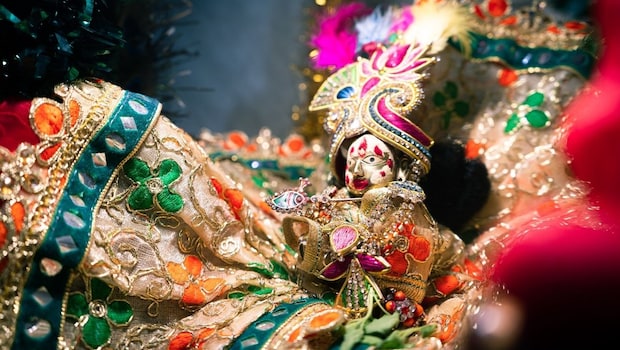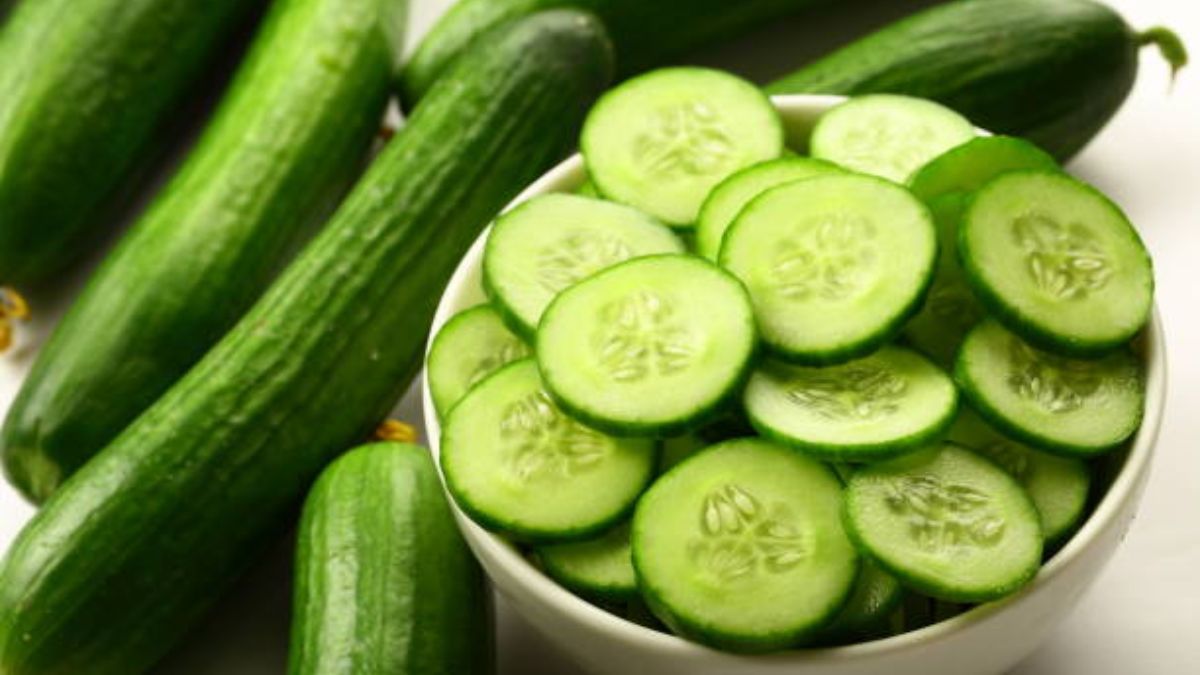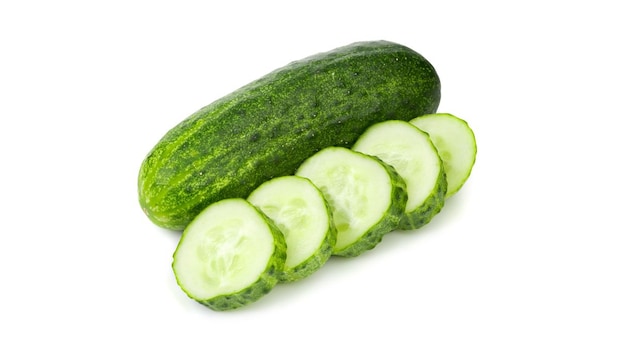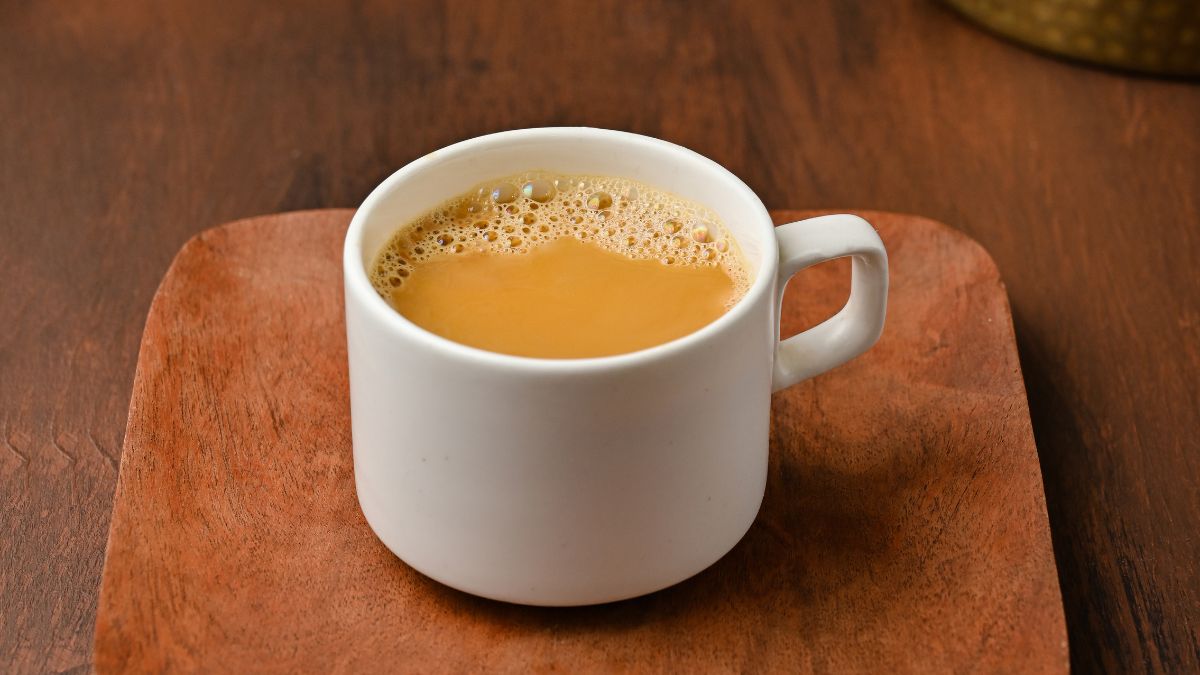Janmashtami 2025: Every year, as the monsoon clouds gather and breeze sweeps through the country, India prepares to celebrate one of its most popular festivals - Janmashtami. This vibrant occasion marks the birth of Lord Krishna. From midnight pujas to Dahi Handi celebrations, the festival is a beautiful blend of devotion, tradition, and joy. But amidst the grand rituals and 56-bhog platters, there is one humble ingredient that quietly holds deep spiritual meaning - it is the cucumber. Yes, the everyday kheera becomes a sacred symbol on this night. Curious? Let us dive into the story behind this unique tradition.
When Is Janmashtami 2025?
This year, Janmashtami will be celebrated on August 16. According to the Hindu calendar, this aligns with the Ashtami Tithi of the Krishna Paksha in the month of Bhadrapada.
- Ashtami Tithi Begins - 11:49 PM on August 15, 2025
- Ashtami Tithi Ends - 09:34 PM on August 16, 2025
- Nishita Puja Time - 11:39 PM to 12:24 AM, August 16
- Dahi Handi on Saturday, August 16, 2025
(Source: www.drikpanchang.com)
Also Read: Janmashtami 2025: 5 Recipes That You May Add To Your Vrat-Special Thali

Photo Credit: iStock
Significance Of Janmashtami And Its Rituals:
Janmashtami marks the birth of Lord Krishna, the eighth avatar of Lord Vishnu. The festival is celebrated with great enthusiasm across India, especially in Mathura and Vrindavan. Devotees fast, sing bhajans, decorate cradles, and prepare a grand chappan bhog - a platter of 56 delicacies offered to the deity.
The rituals begin early in the morning with cleaning and decorating the puja space. Devotees bathe the Krishna idol in panchamrit, dress it in yellow or peacock blue, and place it in a beautifully adorned cradle. Throughout the day, bhajans and keertans fill the air, and scriptures like the Bhagavad Gita and Srimad Bhagavatam are read aloud.
But the most awaited moment is the midnight puja, when Krishna is believed to have taken birth. Bells ring, conches blow, and the idol is revealed and worshipped with full devotion. And right at this moment, a cucumber is cut, marking one of the most symbolic acts of the night.
The Cucumber Ritual Of Janmashtami 2025: A Sacred Symbol of Birth
At first glance, the cucumber ritual may seem unusual. Why cut a vegetable at midnight? But this act is deeply rooted in symbolism and spiritual belief.
In Hindu tradition, cucumber is associated with the womb. Its shape and seed-filled interior make it a metaphor for fertility and life. On Janmashtami, the cucumber represents the womb of Mother Devaki, who gave birth to Krishna in captivity. The stem of the cucumber is seen as the umbilical cord, and cutting it at midnight symbolises the moment of birth, the divine separation of Krishna from his mother.
As per experts, it is performed with devotion, often using a coin instead of a knife, to maintain purity. The cucumber is placed in water, marked with kumkum, and cut vertically at the exact moment of Krishna's birth. In some traditions, a small Krishna idol is placed inside the hollowed cucumber and revealed at midnight.
Also Read: Janmashtami 2025: 6 Delicious Sweets That Are Popularly Made During The Festival

Photo Credit: iStock
The cucumber ritual is rich in spiritual meaning. It represents:
1. Purification:
Just as cucumber cools and cleanses the body, it symbolises the cleansing of the soul. Cutting it is seen as cutting away ego, desires, and sins.
2. Renewal:
The act marks a fresh start, a rebirth of divine consciousness within the devotee.
3. Blessings Of Fertility:
Offering a cucumber to Krishna is believed to bring blessings of progeny. Couples praying for children often perform this ritual with deep faith.
4. Protection For Pregnant Women:
Cucumber is considered auspicious and protective for expectant mothers.

Photo Credit: iStock
How Is The Cucumber Ritual Performed On Janmashtami?
Here is a step-by-step guide to the cucumber ritual:
- Choose a fresh cucumber with its stem intact. Wash it and mark it with kumkum or haldi.
- Place it in a bowl of water or on a puja thali.
- As the clock strikes twelve, perform the puja with bhajans, bells, and conch sounds.
- Use a coin to cut the cucumber vertically.
- Offer the cucumber to Krishna along with other bhog items. Later, distribute it as prasad.
In some homes, the cucumber is used as a cradle for a small Krishna idol. It is covered until midnight and then revealed, bathed in charanamrit, and worshipped with flowers and incense.
So, this Janmashtami, as you light the diyas and sing the bhajans, do not forget the cucumber. It may be simple, but it holds the essence of the night when the divine was born. Happy Janmashtami 2025!
About Somdatta SahaExplorer- this is what Somdatta likes to call herself. Be it in terms of food, people or places, all she craves for is to know the unknown. A simple aglio olio pasta or daal-chawal and a good movie can make her day.








